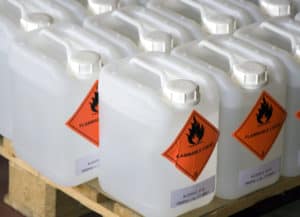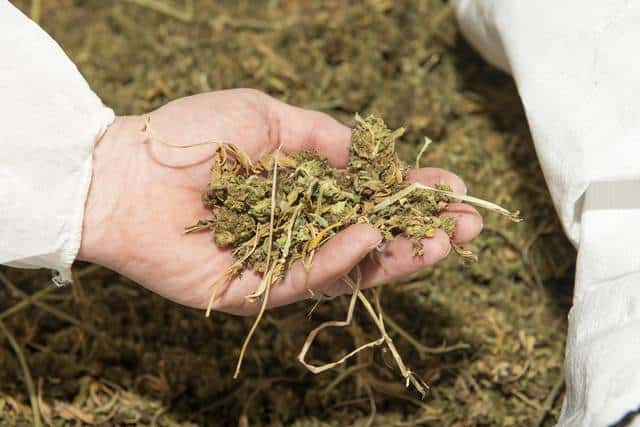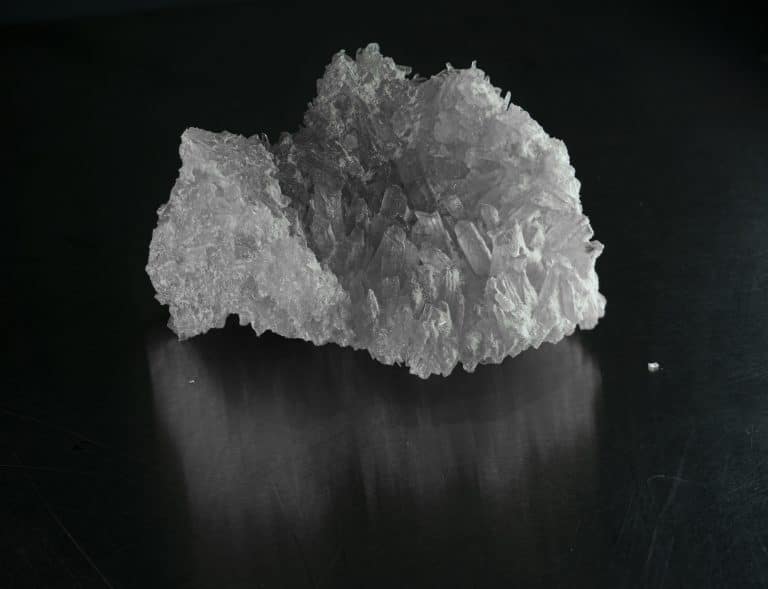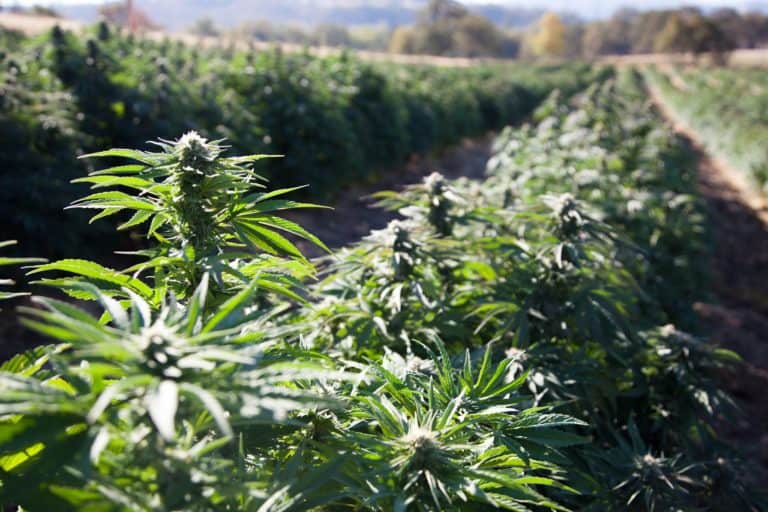The Costs of Large-Scale Ethanol Extraction Systems
Ethanol Extraction System
So, you are looking for a manufacturing facility that will enable you to extract thousands of acres of hemp or other plant material? What easier way than with ethanol extraction systems? You get some food-grade ethanol, mix it up, wait a while, drain and then remove the ethanol and shazam! You can do tons of hemp every day. Right?
Well, yes – but that’s only part of the story. There is still a long list of important things to consider when scaling up your ethanol extraction systems to a larger scale. The following list contains only some of the items that need to be addressed in your planning:
- You will need lots of ethanol and a way to store that ethanol and then a way to get the ethanol out of the extract. This necessarily involves heating the ethanol up beyond its boiling and flashpoints.
- You will need to store that ethanol in compliance with NFPA requirements for storage. You will also require permits, planning, engineers, and compliance people.
- Ethanol is flammable as a liquid and a gas.
- You will need to consider the high power consumption associated with cooling large amounts of ethanol to very low temperatures.
- You will need to consider the large footprint and space requirements to accommodate a facility.
- According to Hybrid Technologies, a two-ton-per-day facility will require about 30,000 ft sq with buildout costs ranging from $350-500/sf for C1D1 and hazard class designation.
- You will need to comply with OSHA and your local and state fire marshals and building inspectors.
- Your business plan should have included the high cost of food-grade ethanol with excise tax included. Manufacturers are responsible for paying this tax even if they source ethanol that has a special, easily removed denaturant.
- Facilities and infrastructure should be designed in compliance with NFPA special case for flammable liquids and gasses processing.
- You should consider that ethanol is non-selective and does a great job at extracting any and all pesticides from plant materials.
- Also, keep in mind that ethanol extracts a great deal of chlorophyll and xanthophyll from the biomass. You’ll want to refine the dark-green extract to give it a more pleasing flavor and appearance.
- You should consider the quality of the extract and the time required to achieve your desired quality.
- You should consider the impact of low recovery as a function of throughput.
- You should consider that your facilities are going to require specialized sprinkler systems utilizing foam.
- Your plan should accommodate corrosion and API 653 inspections.
It’s also important to remember that flammable liquid leakages, like ethanol, are catastrophic. Fires and explosions from flammable chemical leaks have the potential to seriously injure those people near the occurrence, as well as destroy the tank, the building it is in or near, and any other object nearby. The risk factor only increases as you move to large-scale production.
As you can see, there are a lot of hidden costs to large-scale ethanol extraction systems that many producers don’t consider. Fundamentally, you need to ask yourself if you are ready to build the equivalent of an ethanol refinery. If you are, then ethanol is for you!
If you want to skip most all of this pain, you might consider deploying high-throughput supercritical CO2 extraction systems. Compared to ethanol, CO2 systems:

- Are relatively low in cost, including buildout cost
- Have a small footprint – 1,000-2,000 ft sq for 2 tons per day
- Consume only a tiny amount of power – 500-700 amps
- Do not require special infrastructure
- Deliver superior quality oils with fewer pesticides
- Are over 99% efficient
- Are generally less expensive per gram produced compared to ethanol
- Can be scaled in a very small space to process thousands of acres of hemp
Contact extraktLAB to Learn More About Supercritical CO2 Extraction
Whether you’re interested in scaling up your ethanol production, looking to refine your ethanol extracts, or want to know more about the benefits of supercritical CO2 extraction, extraktLAB is here to help. Our extraction experts can help you formulate a plan to minimize your operating expenses and maximize profit, no matter the desired scale of your extraction lab – even up to one ton per day!
Call us at 651-600-0036 or complete the contact form below for more information.
Frequently Asked Questions
Contact Us To Get Started Today







